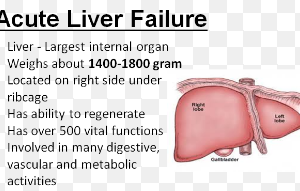
The question isn’t just if HIIT is safe for congestive heart failure patients, but does it improve the function of their heart better than steady state cardio.
Very typically, people with congestive heart failure do not have a consistent history of cardio exercise.
Now some people believe they’ve always had a good aerobic regimen in place, when in actuality, they did not.
An example is someone who for years has been walking on a treadmill – but holding on.
It’s been the same movement for years, which has had no positive effect on their heart.
Holding onto a treadmill while steady state walking, merely going through motions while your arms subtract workload from your legs, will do absolutely zero for the prevention of heart failure, and will do nothing for strengthening the cardiovascular system.
Exercise is recommended for people with congestive heart failure.

Depositphotos.com
A study out of the Technical University of Munich (TUM) and the Norwegian University of Science and Technology in Trondheim looked at comparing HIIT to steady state aerobics.
Traditionally, patients with congestive heart failure are treated ONLY with drugs and implantable devices like pacemakers.
Doctors rarely urge them to undertake a consistent, structured cardio exercise program.
In fact, many doctors warn about exercise, that it could put too much stress on the already-compromised heart.
Telling a patient, “Try to get more exercise” is too abstract, too vague, open to subjective interpretation – such that “more exercise” translates to a slow walk to the mail box down the street rather than being driven there by a car.
When it comes to congestive heart failure, “a little bit is better than nothing” has no effect on the pumping action of the heart. “Nothing” is an incredibly low standard!
HIIT vs. Steady State Cardio in Heart Failure Patients
• Some study subjects were assigned to HIIT (90-95% maximum heart rate).
• Others were assigned to MCT: moderate continuous training (steady state, 60-70% MHR).
• All subjects had congestive heart failure.
• For the first 12 weeks, subjects were supervised during the exercise.
• For the remaining 40 weeks, they were on their own.
• Some complied and some did not.
Various components of heart function were measured throughout the study. Based on those measurements, the conclusion was that “HIIT was not superior to MCT in changing left ventricular remodeling or aerobic capacity,” says the paper.
The paper points out that high intensity exercise should be discouraged until bigger studies can prove it to be safe.
Moderate or steady state training, says the study authors, can be described as 100 steps per minute or taking 3,000 steps in 30 minutes.
Exercise Tips for Moderate or Paced Aerobic Activity
If you cannot carry on a conversation while performing the activity, then it’s in the intense range.
This will very from one person with heart failure to the next.
To ensure you stay within the moderate range, imagine a scale of 1 to 10, where 1 feels like you’re soaking in a hot tub, and 10 feels as you would if trying to outrun a grizzly bear chasing you.
Those with heart failure will want to stay in the “5” range on the scale.
You can converse, yet at the same time, have increased respiration and a higher heart rate.









































